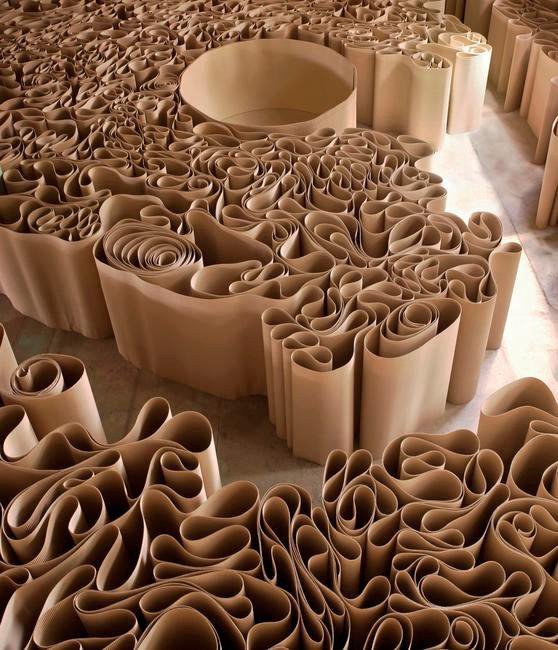Michelangelo Pistoletto
dal 10/7/2011 al 16/9/2011
Segnalato da
10/7/2011
Michelangelo Pistoletto
Serpentine Gallery, London
The Mirror of Judgement. For his exhibition the artist will create a new, site-specific installation using a form that he often returns to: the labyrinth. Pistoletto's project will draw visitors through the galleries, leading them via a winding maze to hidden installations and sculptures. Responding to the architecture of the Serpentine galleries and using an economy of materials, the exhibition will manipulate visitors' perceptions of space, making them an integral part of the work itself.

Michelangelo Pistoletto is one of the pre-eminent contemporary artists working today. Born in Biella, Italy, in 1933, Pistoletto was a leading figure in the development of both Arte Povera and conceptual art. He began as a painter in the mid-1950s, and in the 1960s received critical acclaim for his series of "Mirror Paintings". These works broke down the traditional notions of figurative art, reflecting their surroundings and the viewer as a part of the image, linking art and life in an ever-changing spectacle.
In 1965 Pistoletto created his "Minus Objects", a series of sculptural pieces that investigated how objects transform into art works through the ideas they express. This was an act of independence against the prevailing art system; the "Minus Objects" were non-representational anti-commodities constructed out of 'poor' materials. As the artist stated at the time: 'These are objects through which I free myself from something - not constructions but liberations [...] not pluses but minuses'.
In the late 1960s, Pistoletto established "The Zoo", a workshop open to artists, filmmakers, intellectuals, poets and the public that centred on collaboration and performance. The projects he worked on with "The Zoo" were closely entwined with his individual studio practice, with both combining material form, pictorial space and theatrical gesture.
For his exhibition at the Serpentine Gallery, the artist will create a new, site-specific installation using a form that he often returns to: the labyrinth. Pistoletto's exhibition will draw visitors through the galleries, leading them via a winding maze to hidden installations and sculptures. Responding to the architecture of the Serpentine galleries and using an economy of materials, the exhibition will manipulate visitors' perceptions of space, making them an integral part of the work itself.
In 1998, the artist invented Cittadellarte: Fondazione Pistoletto, a centre for the study and promotion of creativity of all kinds. This interdisciplinary approach is an intrinsic part of his goal to unite the diverse strands of human civilisation through art. Pistoletto has received numerous awards and prizes, including the Golden Lion for Lifetime Achievement at the Venice Biennale in 2003.
Also on view is the Serpentine Gallery Pavilion 2011 designed by Peter Zumthor,
1 July – 16 October.
The concept for this year’s Pavilion is the hortus conclusus, a contemplative room, a garden within a garden. One enters the building from the lawn and begins the transition into the central garden, a place abstracted from the world of noise and traffic and the smells of London – an interior space within which to sit, to walk, to observe the flowers.
Image: Michelangelo Pistoletto, Labirinto e Grande Pozzo, 1969-2008
Courtesy of Galleria Continua
For press information, contact:
Tom Coupe, 020 7298 1544, tomc@serpentinegallery.org
Rose Dempsey, 020 7298 1520, rosed@serpentinegallery.org
Erica Bolton, Bolton & Quinn, 020 7221 5000, erica@boltonquinn.com
Preview: Monday 11 July 2011, 6-9 pm
Press View 10am – 12 noon
Serpentine Gallery
Kensington Gardens, London
Opening Hours: daily from 10 am to 6 pm
Admission free



